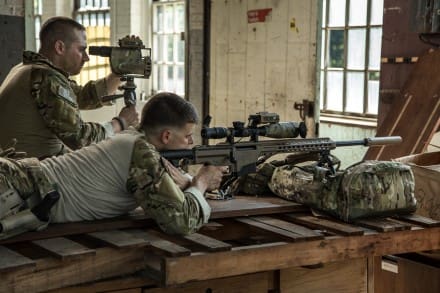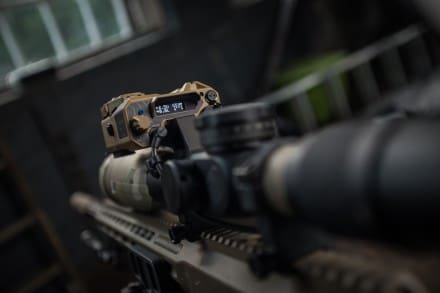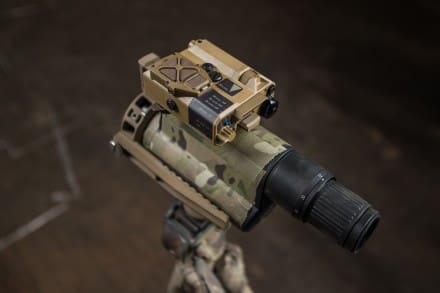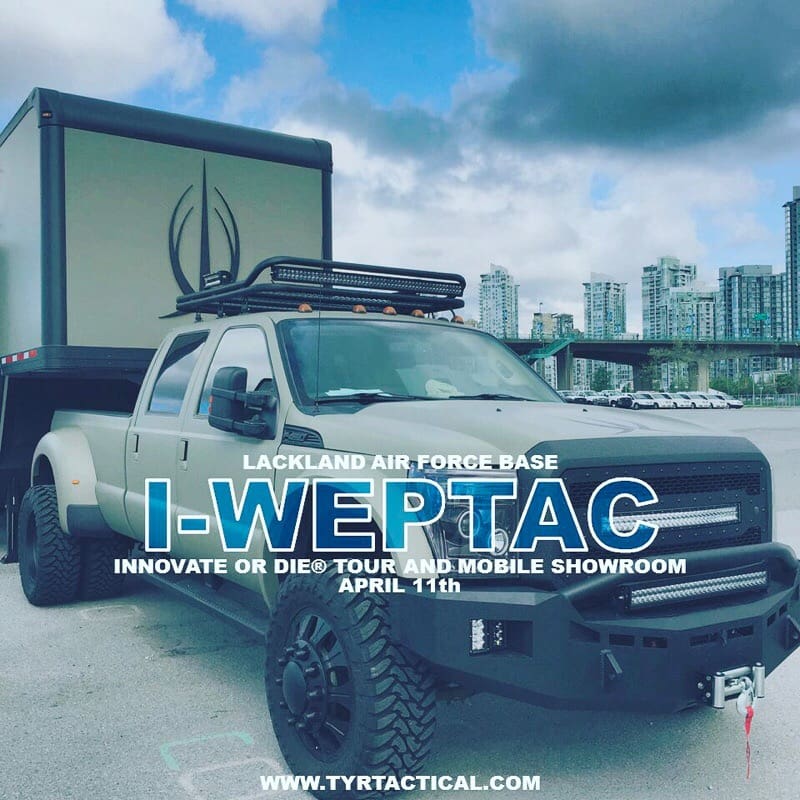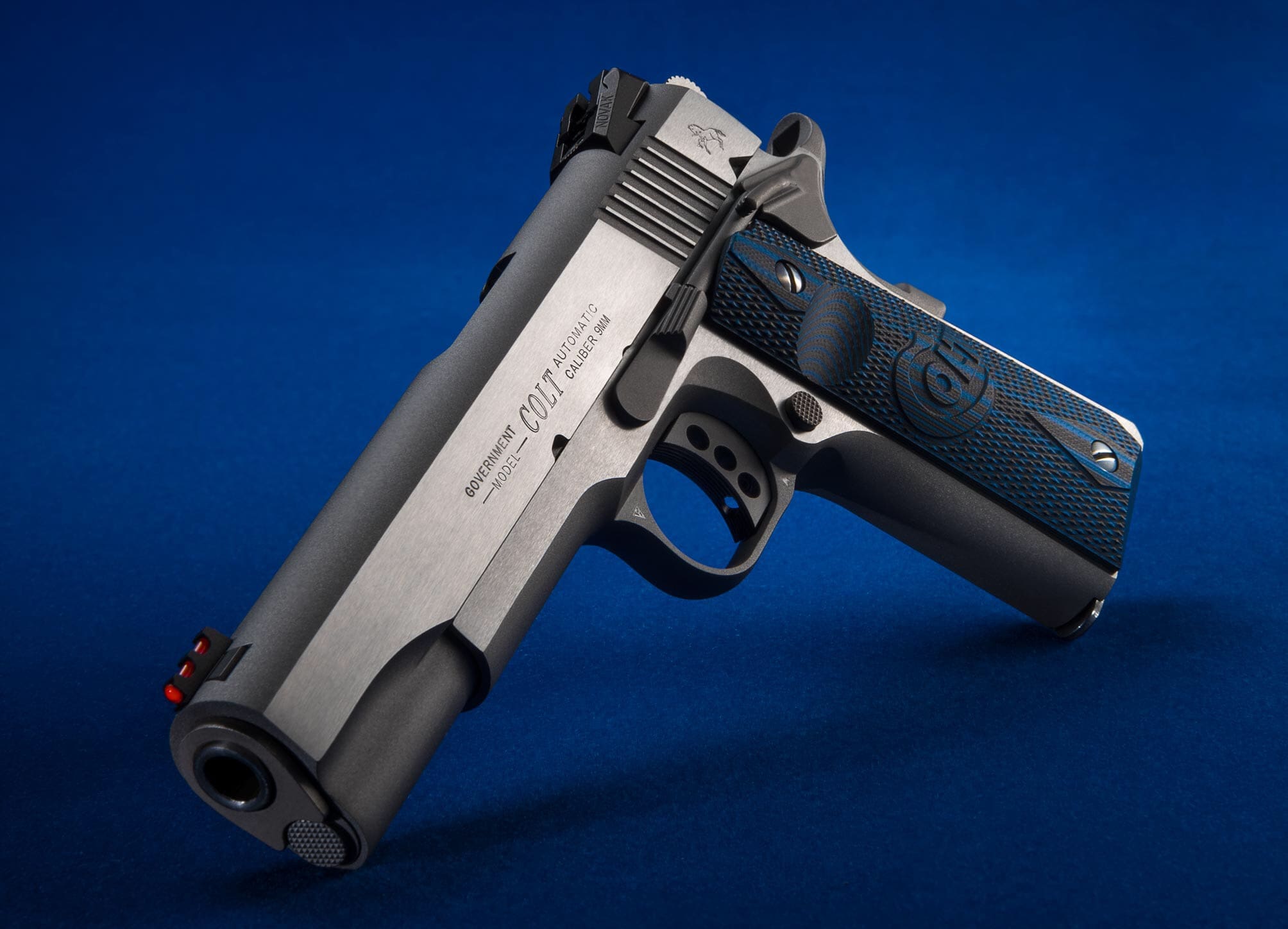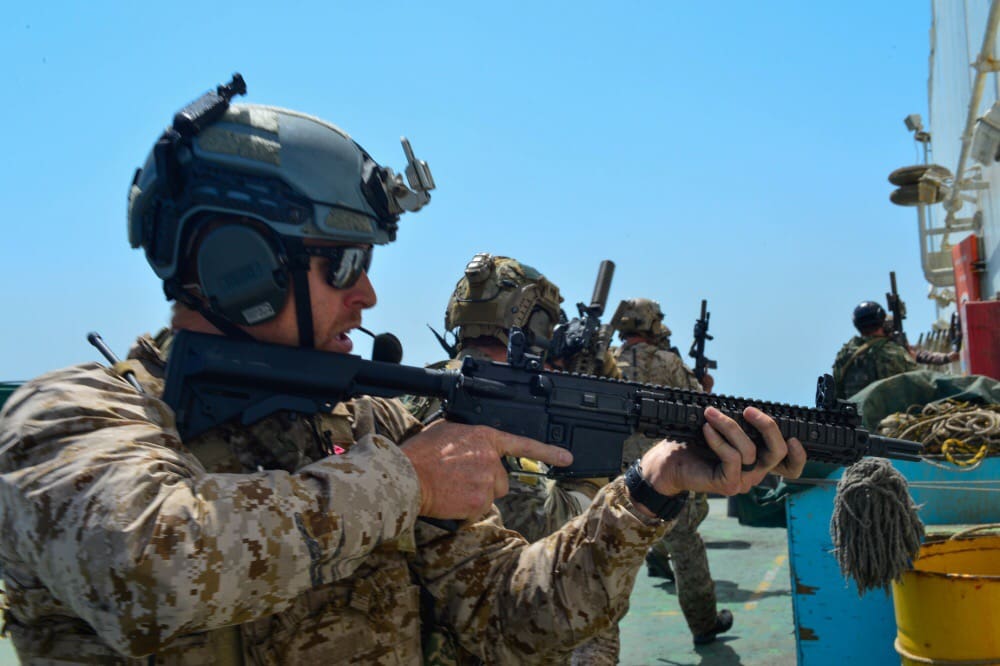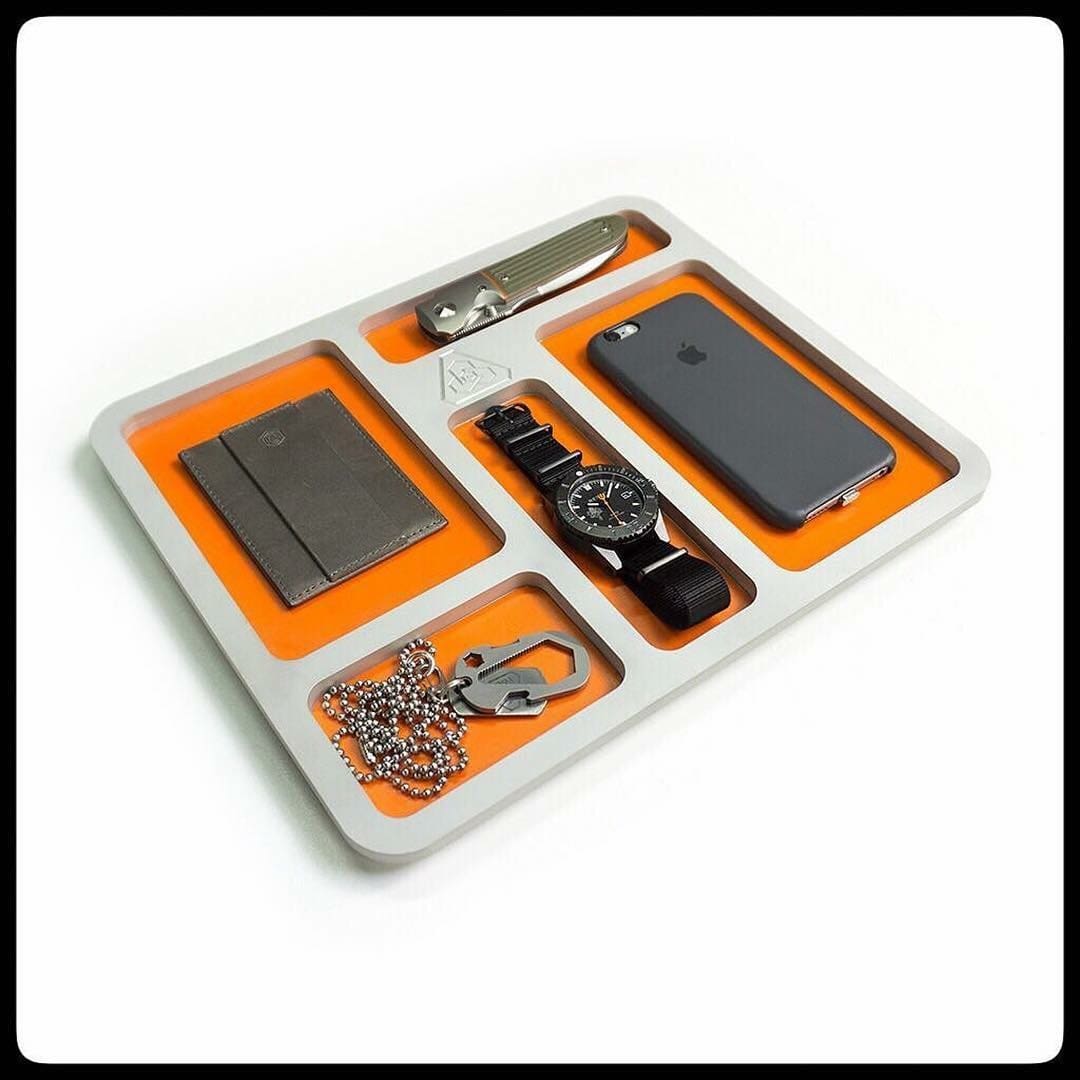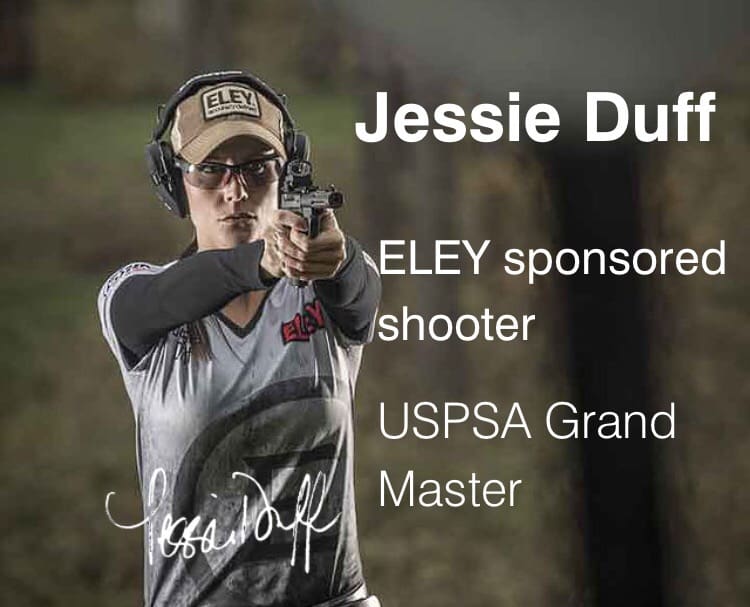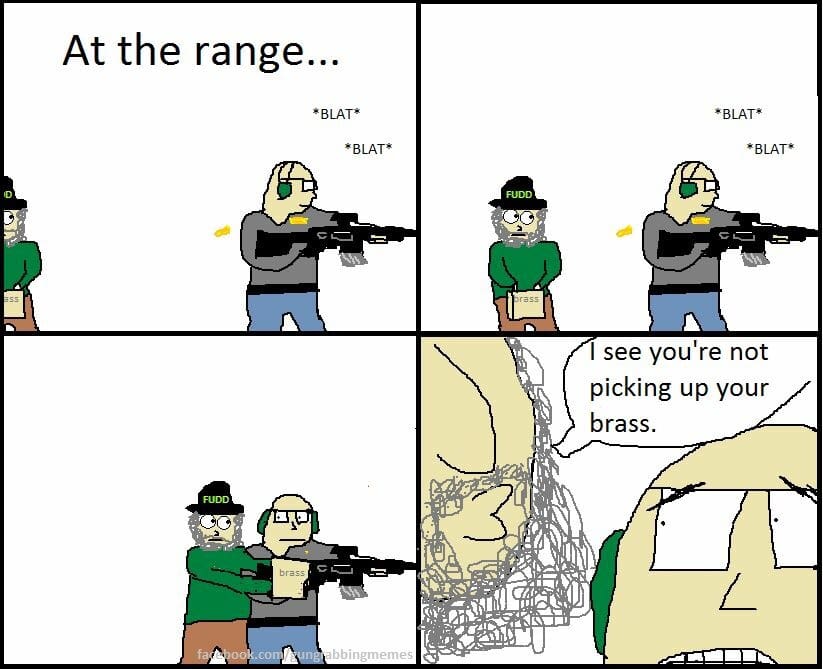Congratulations to the 3rd SFG(A) team for their second-year-in-a-row 1st place finish at the challenging USASOC Sniper Competition last month at Ft Bragg, NC. The competition was heavy. They beat out 23 other teams, including international competitors, across 19 events.
Last year the 1st, 2nd and 3rd placed teams all relied on the RAPTAR-S from Wilcox Industries. This year, not only did the two-time overall winners choose the RAPTAR-S, so did seven of the 10 top placing teams. As you can see, it wasn’t just US teams using the RAPTAR-S, but allied as well, and they showed very well. In fact, of the 23 teams in the comp, 10 used the RAPTAR-S.
This year’s top 10 teams standings:
1. 3rd SFG (RAPTAR-S) ** TWO YEARS IN A ROW**
2. Netherlands (RAPTAR-S)
3. 1st SFG
4. Germany (RAPTAR-S)
5. 3rd SFG (RAPTAR-S)
6. USASOC (RAPTAR-S)
7. 10th SFG (RAPTAR-S)
8. 5th SFG
9. USASOC (RAPTAR-S)
10. Ireland
The RAPTAR-S is quite versatile. It incorporates an Infra-red (IR) laser, visible laser, IR flood and laser range finder (LRF) the RAPTAR-S. It also incorporates an Applied Ballistics computer created by their partner nVisti Tactical Innovation which specializes in the field of small arms fire control systems with expertise in laser range finders, ballistics, wind measurement and digital imaging. Through nVisti’s partnership with Applied Ballistics and Accuracy 1st, the company has been responsible for the development and integration of the ballistics, firmware and software for the RAPTAR-S weapon-mounted laser range finder.
The solver’s computations achieve nearly the accuracy of a full 6 degree of freedom model using a three degree of freedom (3DOF) modified point mass numerical solver considering all environmental conditions including average cross-wind or a cross-wind profile. It accounts for all major and minor trajectory variables including the use of measured G7 BC’s and even the option to use custom drag curves for over 400 bullets. The output is shown in MILs, MOAs, or even an ACOG BDC reticle. Included within the system is a ballistic calibration feature allows user to ‘train’ the software to match a specific rifle based on observed impacts at long range. Combined with the over 400 custom measured bullet drag curves (available for syncing via Android or PC), shooters have everything the need to make a much more precise trajectory calculation than any other software available.
Included within the RAPTAR-S, the Applied Ballistics solver measures temperature, pressure, humidity, inclination, cant, heading to the target, and GPS coordinates. By using these sensor readings and the custom drag curves, the solver is capable of producing ballistic solutions that are accurate to within 0.1 mils through the subsonic range of the bullet’s flight.
The ballistic data can be exported to most mobile devices or paired with BAE thermal sights as well as the UTC SWIR HWH-SMS camera. In the case of the latter two systems, the RAPTAR-S provides a ballistic solution to the disturbed reticle.
While generally attached directly to the weapon, it can also be attached to spotting scopes or any other Mil STD 1913 rail. In fact, many users prefer a mounted solution over handheld LRFs. Users raved about the performance with such comments as, “Can’t win without it” and noted their faster engagement times due to the Applied Ballistics software mated with the Kestrel.
The RAPTAR-S wasn’t the only LRF used in the competition. There were also STORM SLXe, STORM SLX, STORM PI, and RULR devices in use with the various competitors. LRFs are one of the best ways to maintain an edge in competition and in the field. Right now, it seems that the RAPTAR-S is the leader of the pack.


